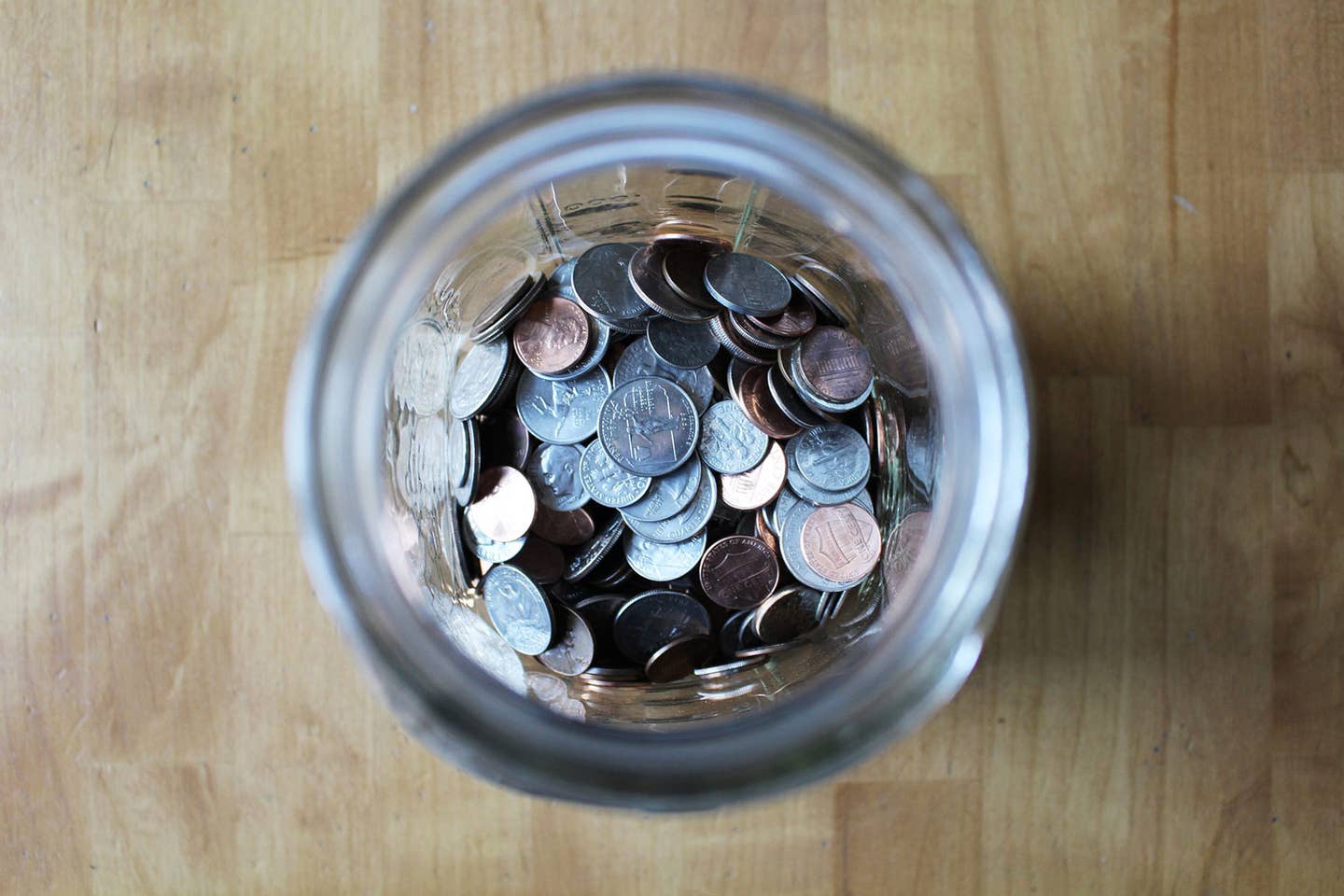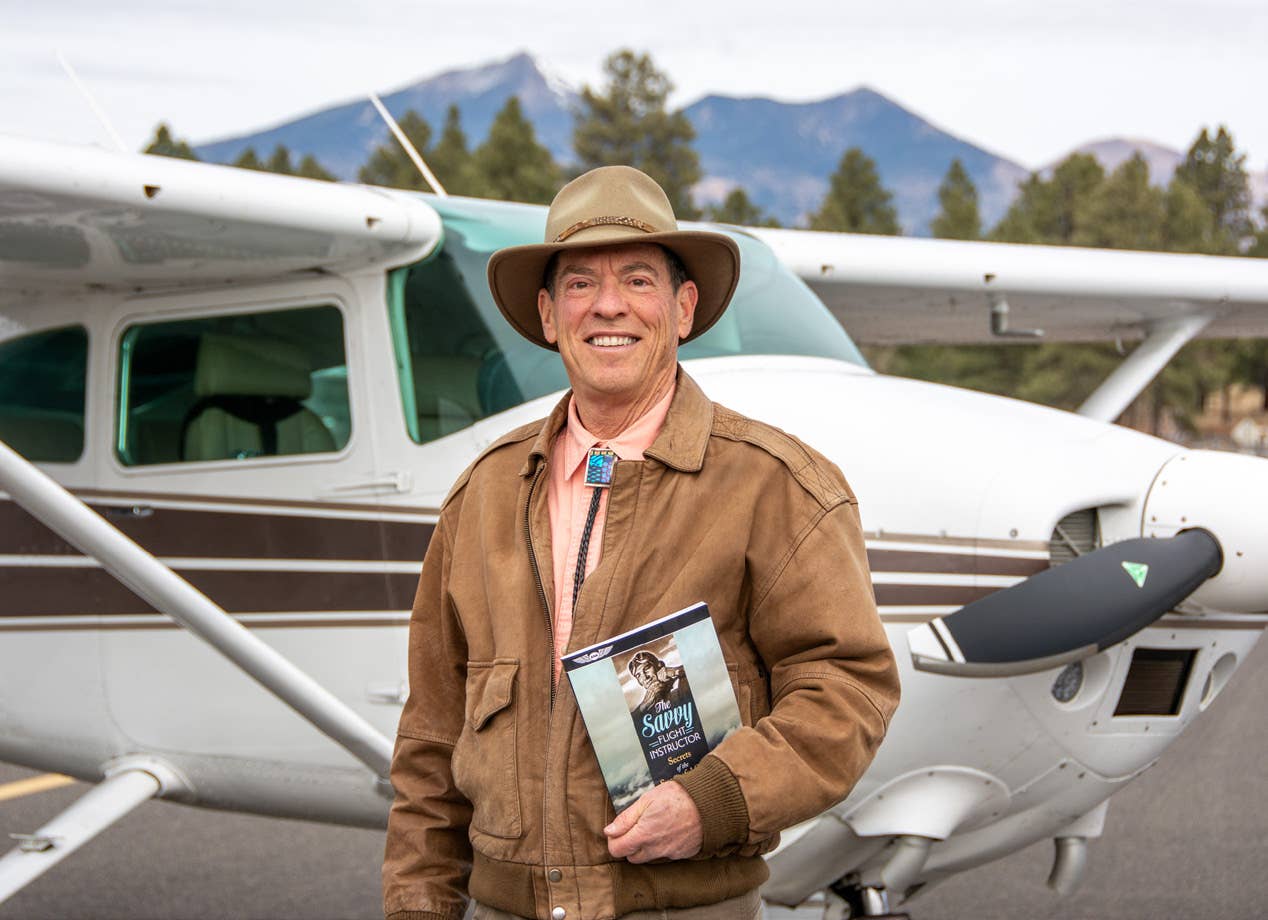
Finding the funds to fuel your dreams may take some creative thinking. pixabay/mnplatypus
Securing the funds to make your flying dreams happen takes planning and strategic thinking. There are a range of solutions for finding sources of financing, planning for your expected expenditures, and applying for scholarships that will help you on your way.
The first question to answer: What level of flying do you wish to achieve? For those seeking to fly recreationally, or for their own business, a sport or private pilot certificate will be enough, and the cost will vary from about $5,000 to $15,000, depending on which certificate you choose, where you live, and how long you take to complete the training. After your initial training, you may wish to add an instrument rating, to fly in varying weather conditions, or a multi-engine rating, to fly a more complex airplane. These will cost an additional $5,000 to $12,000, again, depending on which you choose.
For those who wish to fly professionally, you will need to acquire at least a commercial pilot certificate, with the appropriate ratings, and possibly an airline transport pilot certificate. The costs listed above add up to an investment of between $50,000 and $120,000—varying widely by the program you choose, where you train geographically, and any extra time you take to reach your goal. If securing an aviation degree is part of your plan, add anywhere from $25,000 to $250,000 to those totals—ranging from a two-year community college program to a top-tier aeronautical university.
For most people, the amount that you'll spend on training takes planning to secure. For your initial pilot certificate, you may be able to save up the amount prior to beginning your training, or plan to spend a certain amount each month from your household budget. You may also be able to arrange a personal or home equity loan through your bank, if you have that collateral. The bottom line is to understand how you will cover the cost before you begin, so that lack of funds doesn't interrupt your training. For a longer training program, you may need to arrange for financing, either through a bank loan or through a provider that specializes in educational loans. There are a handful of resources that offer loans especially for aviation training, such as Pilot Finance or AOPA. If you're a U.S. military veteran, you may also qualify for funding through the Veterans Administration, under the latest version of the Post-9/11 G.I. Bill.
The amount that you plan to spend to achieve the certificates you need to become an airline pilot may seem daunting, but there are also sources of funding through scholarships that you may qualify for. If you or your parents belong to any fraternal or community organizations, they may have scholarships that can be used for education, which would apply to a college or university aviation program.
You can also check with local chapters of aviation organizations, such as EAA, the Ninety-Nines, Women in Aviation, and state or local aviation clubs. These organizations offer cash towards a specific certificate or rating, or a general stipend to cover your training—and can total thousands of dollars to offset your costs.
Your aviation training organization (or ATO) may also offer scholarships through its alumni or community outreach, such as CAE does. A general list is provided here as well.

Sign-up for newsletters & special offers!
Get the latest FLYING stories & special offers delivered directly to your inbox






